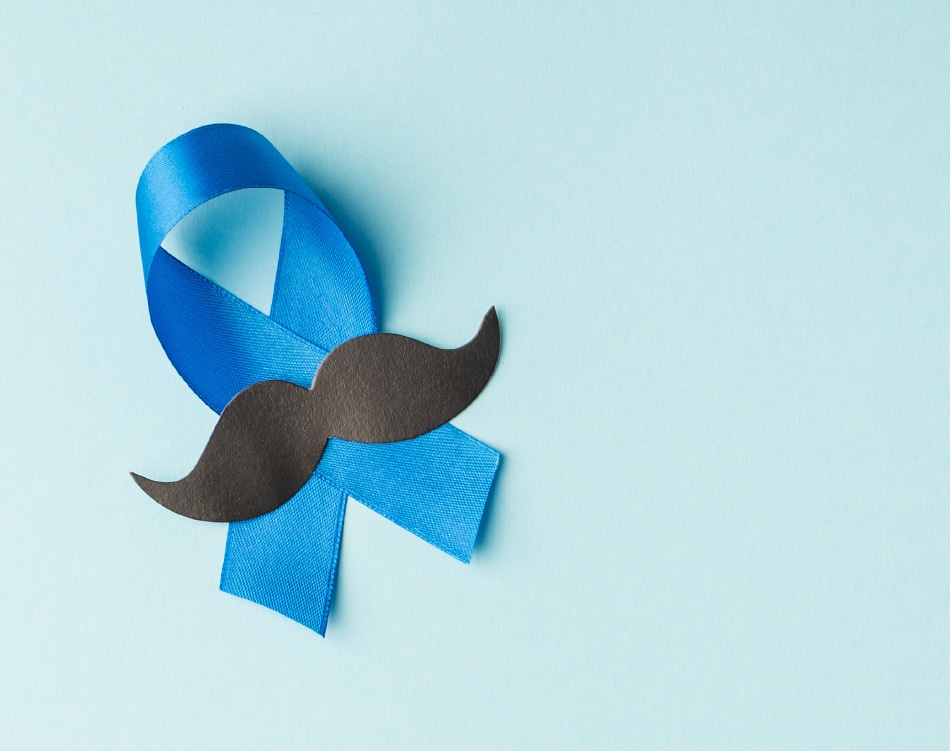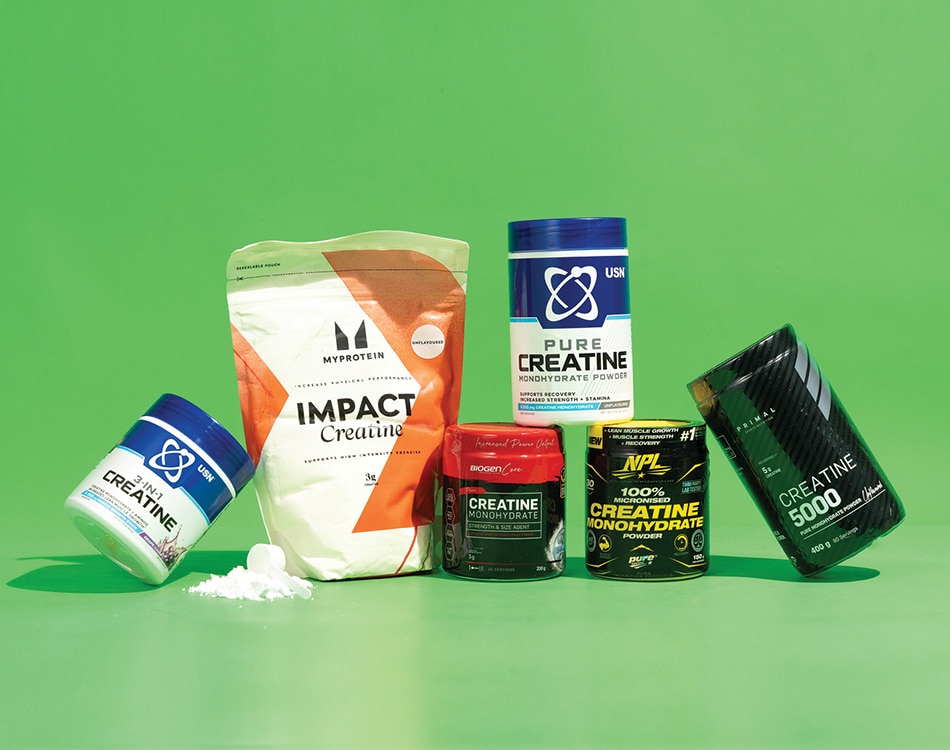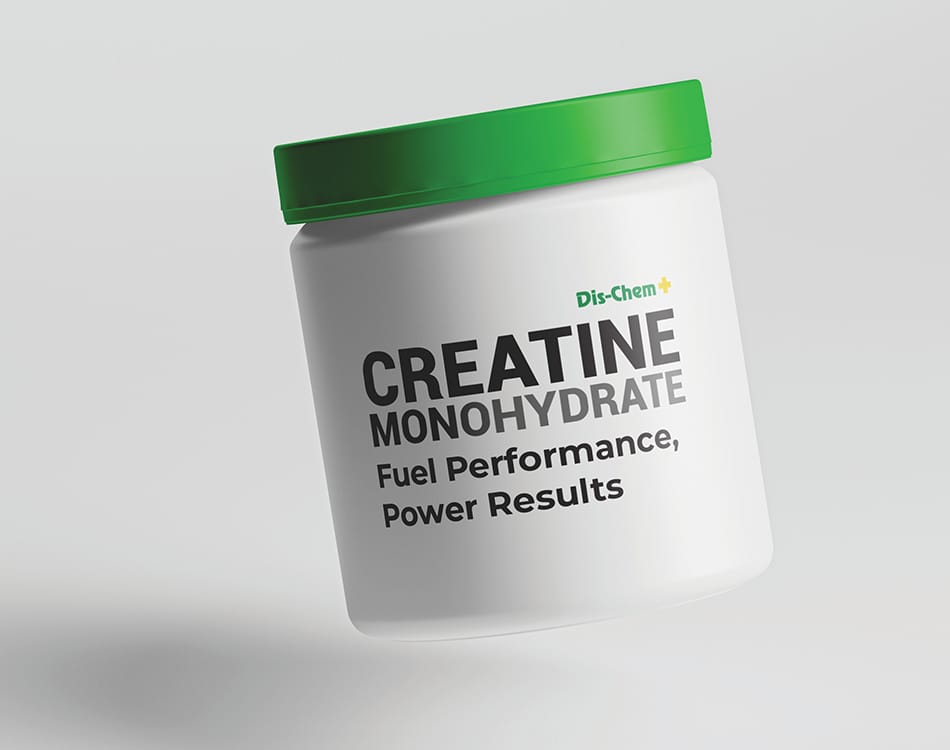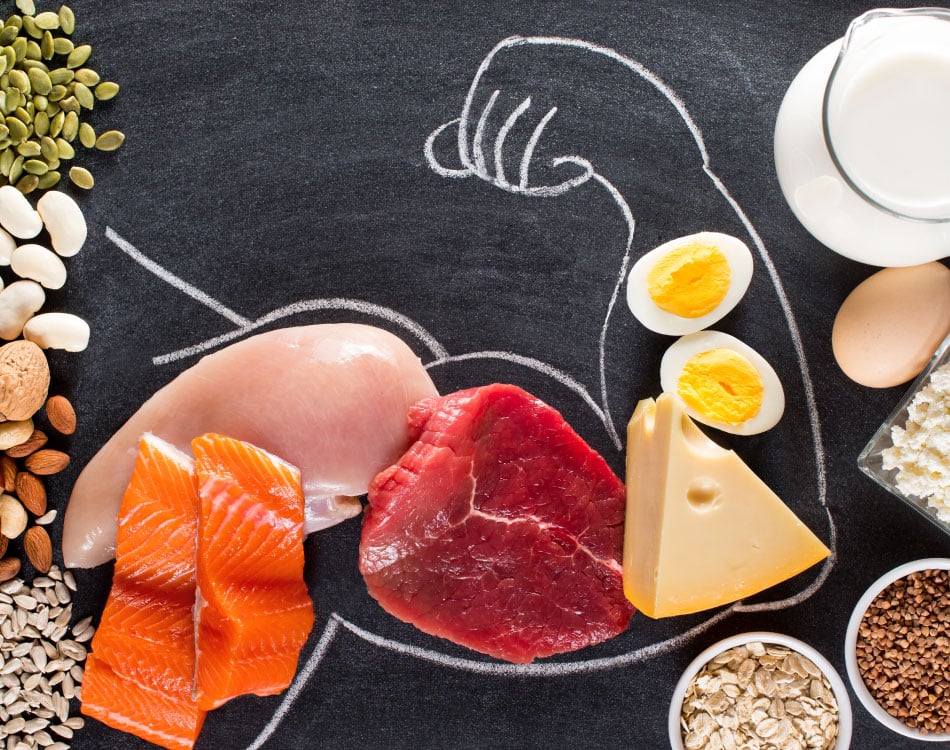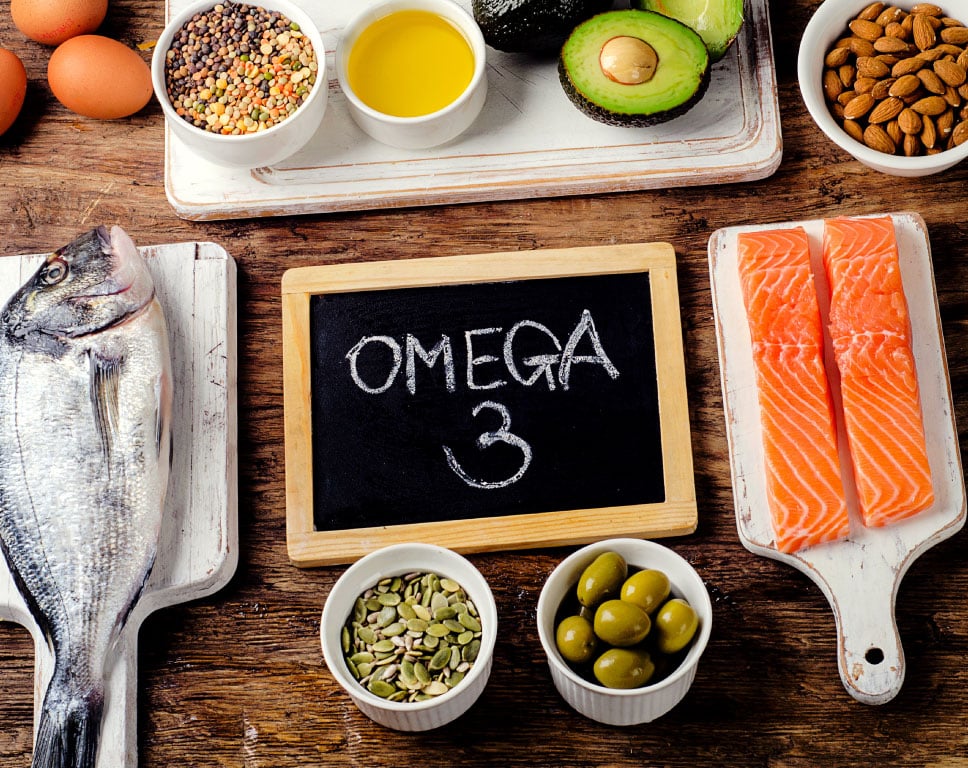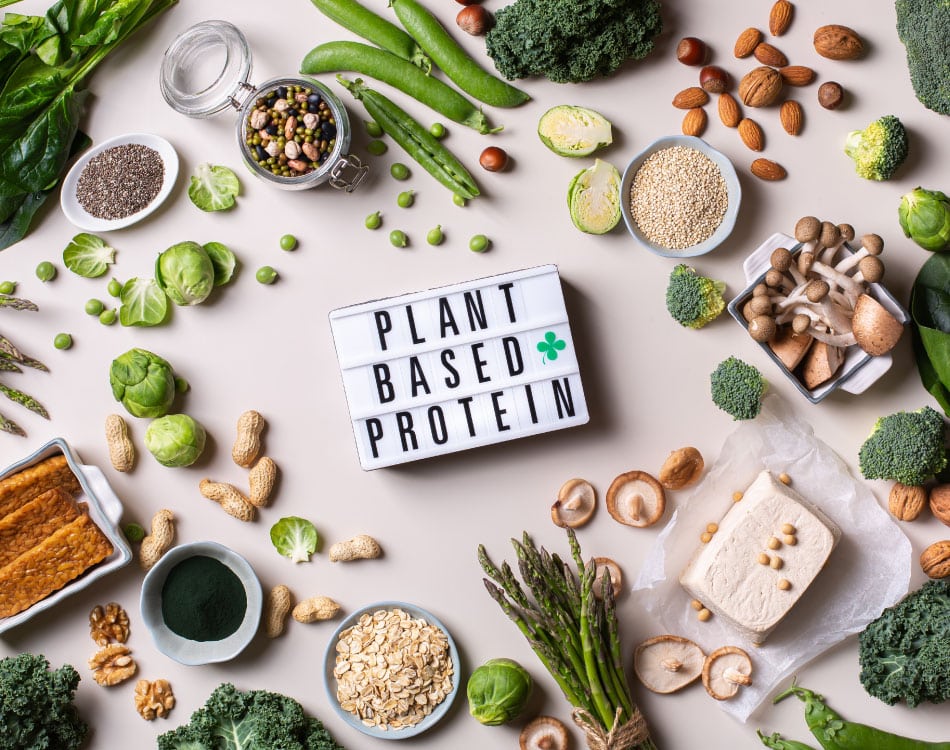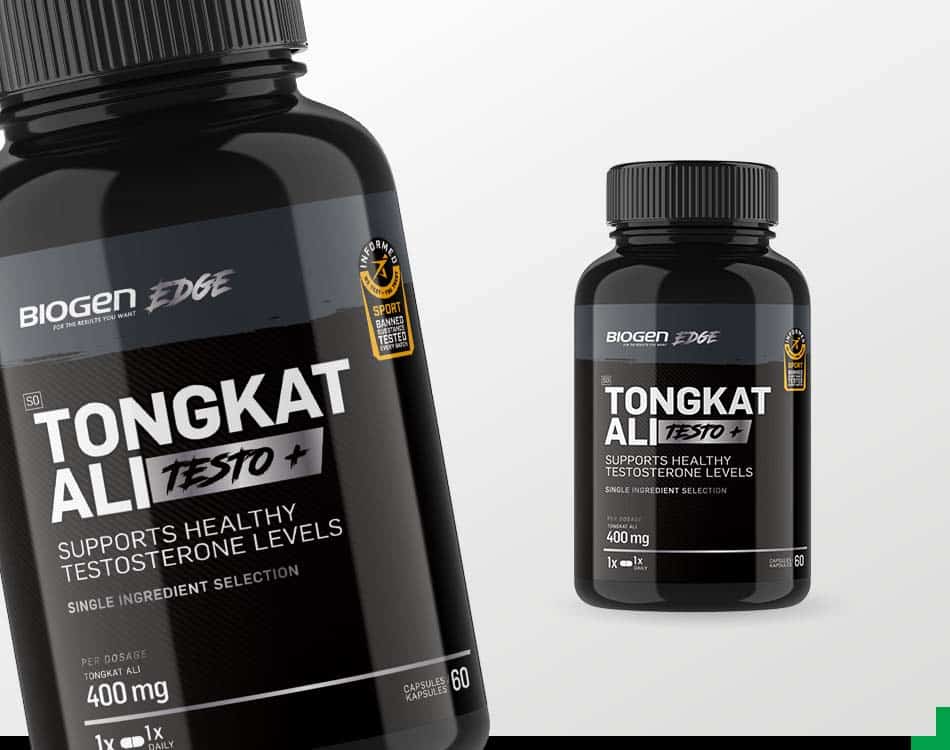Cancer. It’s the disease men fear most at their annual check up. And, thanks in large part to our modern day diets, various environmental factors, and our more sedentary lifestyles, it’s now also one of the most prevalent.
According to a statement released by the International Agency for Research on Cancer (IARC), it’s expected that there will be 27 million cases of cancer, 17 million cancer deaths annually and 75 million people living with cancer within five years of diagnosis by 2030.
And it’s not just that the mortality rate for cancer is so high. There’s also the struggle to live and fight the disease, and the impact that has on your life and family.
READ MORE | New Tech Helping Improve Early Prostate Cancer Detection
Mo awareness
For men, the two most prolific, and deadly, forms of the disease are prostate and testicular cancer.
To help create awareness a global movement known as Movember was launched by 30 Australian men in 2003.
Celebrated every year in November, men are encouraged to grow a moustache over the 30-day period, and use it to start conversations around the disease and help raise funds for men’s health programmes.
The movement now has over 4,000,000 Mo Bros and Mo Sistas supporting the cause across the globe, with R4.7 billion raised to date, and 770 men’s health projects funded since 2003.
READ MORE | Testicular Cancer On The Rise Among Young Men – Report
Impacting men’s health
More than 2,000 men die from prostate cancer each year, and some 4,300 men were newly diagnosed with the most common form of cancer in South African men (www.movember.co.za)
With the vision to have an everlasting impact on the face of men’s health, the message of the campaign is clear – prevention is better than cure, with early detection a close second in terms of reducing mortality rates.
So what can men do to reduce their chances of developing cancer in general, and prostate and testicular cancer in particular?
Well, according to the National Cancer Registry (NCR), 90% of cancers are caused by lifestyle and environmental factors, such as a lack of exercise, poor diet, drinking alcohol and smoking.
10 health signs men shouldn’t ignore:
- Trouble urinating, or incontinence (loss of bladder control).
- Changes to the size, shape or weight of your testicle/s.
- Blood in your stool or urine.
- Changes in the colour, shape or size of skin moles.
- Swollen lymph nodes.
- Changes in your bowel function.
- Persistent back ache.
- Excessive weight and hair loss.
- A persistent cough.
- Chronic fatigue.
READ MORE | Buchu Properties Promote Men’s Health, Reveals New Research
Step 1: Know your numbers
According to Movember’s local website, one of the most important things you can do is monitor your key health indicators. These include your:
- Body mass index (BMI)
- Waist circumference
- Blood pressure
- Cholesterol levels
- Glucose levels
This will help to lower your risk of cancer, along with various other lifestyle-related diseases. Regular medical screenings are also advisable, particularly from the age of 40, or sooner if you have a history of cancer in your family.
READ MORE | Stay On Track With Regular Health Checks
Step 2: Stop smoking and reduce your alcohol intake
According to the National Cancer Institute in the US, “tobacco use is the leading cause of preventable illness and death in the United States. It causes many different cancers as well as chronic lung diseases.”
Alcohol consumption is another proven risk factor for head and neck, liver, and oesophageal cancers. This is attributable to the body’s natural process of metabolising alcohol, which causes cell damage that heightens the risk of cancer.
Step 3: Get healthy
When it comes to general health, maintaining a healthy weight through exercise and a balanced, calorie-controlled diet is touted by most experts as the most important aspect to reducing cancer risk.
“There are many people who still wrongly believe that cancer is hereditary,” states Professor Michael Herbst, Head: Health at the Cancer Association of South Africa (CANSA).
“Except in children where cancer is largely caused by genetic predisposition, scientific evidence shows that this is not the case. Rather, lifestyle factors such as diet and exercise, as well as the avoidance of carcinogens – cancer causing agents – play a vital role in lowering the risk for cancer.”
Research-backed guidelines show that 150 minutes of moderate exercise or 75 minute of vigorous exercise a week helps lower cancer risk.
A study of more than 17,000 men conducted at the University of Vermont in Burlington specifically linked fitness to lower rates of lung and colorectal cancer, as well as higher survival rates in men who had lung, prostate, or colorectal cancer.
Interestingly, the researchers also found that low fitness levels increased the risk of cancer and heart disease even in men who weren’t obese. A growing body of research also suggests that extended periods of sitting can also increase your risk of cancer, regardless of whether you exercise.
Cancer’s link to insulin resistance
However, it seems that one of the greatest causal links with increased cancer risk relates to your weight, specifically the changes this causes to your hormones. Obesity can cause changes in hormone regulation and production, specifically with regard to insulin sensitivity and the regulation of oestrogen.
In terms of insulin resistance, the link to cancer may be related to the high levels of insulin produced by the pancreas to compensate for the decrease in insulin sensitivity by various cells and organs.
Insulin is a powerful growth factor – it signals cells to increase rapidly in number through a variety of mechanisms. This process is often amplified with insulin resistance as insulin levels increase over prolonged periods of time. This can accelerate the often uncontrollable growth of cancer cells.
Various studies also show that individuals with higher levels of circulating Insulin-like Growth Factors are at increased risk for developing colon and aggressive prostate cancers than individuals with lower levels.
Prof. Herbst also states that maintaining a healthy weight may assist in lowering the risk of various types of cancer, including cancer of the prostate, lung, colon and kidneys.
“Be as lean as possible within the normal range of your body weight. CANSA recommends maintaining or achieving a healthy weight, which is considered at a BMI of 18.5 to 24.9.”
While both physical activity and a healthy weight also improve glucose metabolism and immune response – key factors in the fight against cancer – it’s not just the gym where you can make significant inroads in the fight against cancer.
Eating to beat cancer
The kitchen is the primary battleground, according to nutritional consultant Vanessa Ascencao.
“The nutritional aspect of cancer prevention and treatment makes a huge difference, however it is often neglected in modern medicine,” she says.
“A great deal of what we eat today contains known carcinogens and is often devoid of nutrients. All the processed and refined food we eat also creates an acidic environment in our bodies, which offers the ideal breading ground for cancer. It is, therefore, important to eat in a manner that reduces inflammation and promotes a more alkaline internal environment.”
Experts agree that a balanced diet rich in fruits and vegetables is the ideal way to reduce your risk of cancer.
These food sources contain cancer-fighting nutrients like beta-carotene, which you get from carrots, spinach, sweet potatoes, apricots, and green peppers, as well as lycopene from tomatoes, vitamins C from cantaloupe, citrus fruit, pineapple, broccoli, cauliflower, and peppers, and vitamin E from leafy greens.
“Eat foods that are as close to their natural states as possible, with lots of colour. Fruit and vegetables are also the body’s best source of important antioxidants, which help to reduce the damage that cancer-causing free radicals inflict on the body,” explains Ascencao.
“We also advocate the use of supernutrients like Spirulina to compensate for the lack of nutrients in modern day diets. Supplements like Curcumin also help to decrease inflammation.”
A growing body of research also shows that foods with a high saturated fat content, particularly red meat, heightens cancer risk, and that cooking meat until it’s well done may release certain carcinogens.
“By reducing your intake of animal protein you also limit your exposure to the hormones used in modern farming practices, which can have a significant impact on your risk of cancer,” she continues.
Prof. Herbst advises us to “avoid food that is fatty, sugary and salty. Many of the foods we eat every day are loaded with calories, factory-created fats, salt, artificial flavours, sweeteners, colourings, chemicals that alter texture, and preservatives. Such foods are unhealthy and don’t ensure the necessary daily intake of vitamins and minerals.”
Top 10 Cancers in adult South African men (excluding non-melanoma skin cancers):
- Prostate cancer – lifetime risk 1:26
- Cancer of Unknown Primary (CUP)* – lifetime risk 1:85
- Lung cancer – lifetime risk 1:91
- Kaposi sarcoma – lifetime risk 1:197
- Colorectal cancer – lifetime risk 1:115
- Oesophageal cancer – lifetime risk 1:131
- Non-Hodgkin lymphoma – lifetime risk 1:244
- Bladder cancer – lifetime risk 1:199
- Malignant melanoma – lifetime risk 1:277
- Stomach cancer – lifetime risk 1:226
*When doctors are unable to find where in the body the cancer first began to grow, it is known as the Cancer of the Unknown Primary (CUP) or Occult Primary Tumour.
Source: National Cancer Registry 2007

